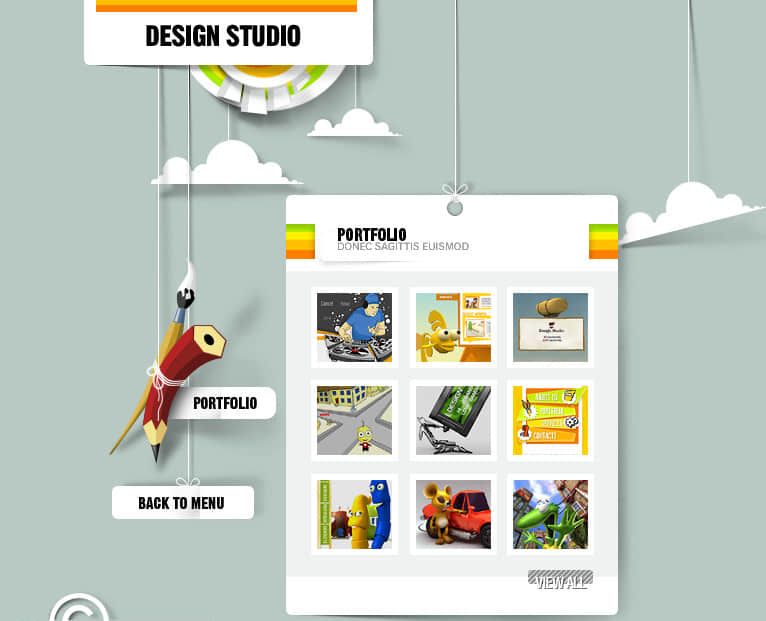Static pages are an important part of web pages. Here, static pages are defined as pages that do not apply CGI, ASP, PHP and other network dynamic technologies, and do not add dynamic multimedia. It mainly involves text layout and matching of font colors, application of pictures, tables and frames, layout design, etc. A clear directory structure is conducive to the maintenance of the site, while the link structure of the website refers to the topological structure of links between pages. The purpose of studying the link structure of the website is to use the least links to make browsing the most efficient. Before entering the specific production of the webpage, we should first understand some webpage files and important components of the website.
 (1) The directory structure of the web page. The directory of a web page refers to the directory created when a web page is created. For example, when creating a web page with Dreamweaver MX 2004, the root directory and the Images subdirectory are created. The structure of the directory is a problem that is easy to ignore. Most subdirectories are created without planning. Of course, the quality of the directory structure is not very good for the viewer, but it has an important impact on the upload maintenance, content expansion and migration of the site itself.
(1) The directory structure of the web page. The directory of a web page refers to the directory created when a web page is created. For example, when creating a web page with Dreamweaver MX 2004, the root directory and the Images subdirectory are created. The structure of the directory is a problem that is easy to ignore. Most subdirectories are created without planning. Of course, the quality of the directory structure is not very good for the viewer, but it has an important impact on the upload maintenance, content expansion and migration of the site itself.
(2) Folder. Do not store all files in the root directory. Create subdirectories according to column contents. You can use folders to create subdirectories. Create several different subdirectories in the website to store different files, which is more significant for the management, maintenance and update of the website.
(3) Page title. The page title is the part between<title>and</title>in the source code of the web page file, just like the title of an article. The page title can define the current page or website content. When the network transmission rate is slow, the viewer is likely to judge whether to continue to wait for the complete download of the page through the page title. Therefore, the page title naming directly affects the number of times the page is viewed.
(4) File header. The header of a web page refers to the source code part between the tag<head>and</head>, including page title, keywords, page description, links to css style view files, etc. The method of editing the file header in the Dreamweaver MX 2004 software that will be mentioned in the next chapter is very simple. Select the View option in the Dreamweaver MX 2004, and select the File Header Content option. A small box appears at the top of the Drkamweaver MX 2004 editing window to display the header information of the current web page. Click the file header element to be modified with the mouse to modify the specific settings on the property control panel.
(5) Keywords. Keywords are often used to summarize the main contents of pages and websites. Many search engines use Spider to automatically search website resources on the Internet. The program usually sets key words to read pages to determine whether to automatically add the searched pages to the search engine site. Spider will easily let go of pages that have no key words or cannot be identified by keywords. Therefore, it is recommended to add necessary key words to the page. It is better to have key words in both Chinese and English, and English information is better in the front.
(6) Necessary labels. As we mentioned earlier, the suffixes that can be correctly interpreted and selected by the browser are usually: htm, html, asp, php, etc. The vast majority of the latter are htm and html, which have no essential difference. Html is the abbreviation of Hyper Text Markup language, which is translated as "Hypertext Markup Language". It is a web page formed by various identifiers that organize various materials required by designers. There are many identifiers in the web page. One of the simplest suffixes can be used to browse html files on the browser.


